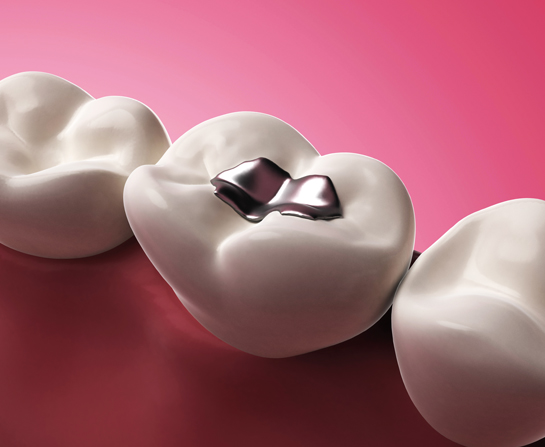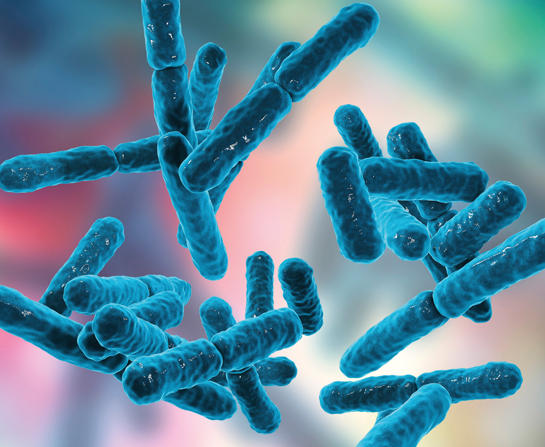Your Bundle of Joy Arrives
May 8, 2022 Return

Words Hannah May-Lee Wong
Dr Rama Krishna Kumar Krishnamurthy Consultant Obstetrician & Gynaecologis |
“Labour, by the English definition, is manual hard work, and that’s what you’re going to be doing when you deliver your baby; either by operation (Caesarean section) or naturally.” Dr Rama begins. “Of course, mums delivering through the normal labour process are going to be burning much more calories. During the whole process of labour, a mother burns 2500 to 3000 calories in one hour! Just imagine those in labour for more than 15 hours. It’s indeed a very laborious process.”
Your doctor will probably provide you an estimated date of delivery, but that’s just an estimation. According to Dr Rama, most women (approximately 70%) deliver at more than 9 and a half months (more than 38 weeks).
Preparing for Labour
Before the miraculous event of birth, some preparation is needed to welcome the little one into this world. Besides preparing baby napkins, outfits and your hospital bag, one of the most important form of preparation is the preparation of the mind. “The best way you can assure yourself is to tell yourself: ‘my grandmothers did it, my mother did it, so I can do it’,” Dr Rama says. Fill yourself with positive thinking, tell yourself that you will do your best, meditate and exercise to calm yourself.
Every pregnancy is unique, and you can’t predict when you will go into labour. That said, some of the things you can do to prepare yourself for the big day include: making a checklist for yourself and your baby, packing a hospital bag, planning the fastest route to the hospital, getting a babysitter for your other children, and checking whether to call your doctor or nurse first or go straight to the hospital when you go into labour.
The Hospital Bag
When you are about 36 weeks pregnant, it is advisable that you start packing what you need at the hospital for delivery day (and after). This is to ensure you have plenty of time to pack and you don’t leave out anything essential.
Things to pack for Mum:
- Identity Card
- Check-up record
- Smartphone
- Shirts that button-up in front (preferably of cotton material) and sarong
- Going home outfits
- Slippers
- Toiletries
- Socks
- Cereal bars, snacks and drinks
- Underwear and sanitary pads
Things to pack for baby:
- Going home outfit
- Mittens and booties
- Hat
- Blanket
- Car safety seat to bring your baby home
Am I in Labour?
“Not every time you feel pain in your stomach means you’re in labour,” Dr Rama clarifies. The symptoms of labour can be divided into true labour and false labour. So how do you know you’re in labour? In the last weeks of pregnancy, your uterus may start to cramp. These cramps are often uncomfortable or painful, especially as you get closer to your due date. However, these irregular cramps you experience may not be labour, but Braxton-Hicks contractions, also known as false labour. Here is how to differentiate them:
Contractions
True Labour: Contractions come at regular intervals and these intervals get closer together as time goes on. They typically last for 30 to 90 seconds each time. The contractions will keep coming no matter what you do.
False Labour: Contractions are irregular and do not get closer together with time. False labour contractions may stop when you walk, rest or change position.
Intensity
True Labour: Contractions steadily get stronger and more intense.
False Labour: Contractions are most often weak or strong contractions are followed by weaker ones.
Pain
True Labour: Pain starts in the back and moves to the front.
False Labour: Pain is most commonly felt only in front.
Other signs of labour:
Dr Rama says that 50% of women may experience some bleeding when they go into labour. This happens because once you go into labour, your cervix opens. An early sign of labour is when a drop of blood with mucous is being discharged— this is the mucous plug that has been keeping your cervix sealed and protecting your baby from infections.
Your amniotic sac ruptures (your water breaks). If fluid flows out without strain or force, it’s likely your amniotic sac has ruptured. Write down what time it happened.
The Three Stages of Labour:
Knowing what to expect when going into labour may put your mind at ease a little. On average, labour lasts 12 to 14 hours if you are delivering your first baby. In subsequent births, labour may be shortened by approximately half the time.
First Stage: The latent phase is the longest phase of labour. It is when your cervix dilates slowly to 4 cm. It lasts around 12 hours on average for first-time mothers. From 4 cm to 10 cm, you enter the active phase where dilation happens at a rate of approximately 1 cm per hour.
Second Stage: This stage entails full dilation at 10 cm until delivery of baby. It typically lasts 1 hour, but it could go up to 2 to 3 hours.
Third Stage: The easiest stage. It lasts from the birth of the baby to the expulsion of the placenta. It is completed in 30 minutes.
Interventions and Pain Management in Labour
“This is probably the best part of this talk that all mothers have been waiting for,” Dr Rama jokes. The good news is, there are options available to make the labour and delivery process less painful. Medical intervention options include: inhalation of nitrous oxide (laughing gas), opioid injections and regional anaesthesia by epidural. You should discuss with your doctors when deciding which option to go for. Alternatively, natural pain management options include relaxation therapy, warm showers and aromatherapy.
Additionally, at 32 to 34 weeks of pregnancy until labour, mothers can opt to do perineal massages either on their own, or with the help of their spouse. These massages help relax and increase the elasticity of the vaginal and perineal muscles. It will ease the delivery process and reduce tear and cutting during labour. A cut is usually made between the vagina and anus in a procedure known as episiotomy. The massage also stimulates the muscles which betters the blood supply to it. Thus, it helps speed up wound healing after delivery. Dr Rama says, “All these benefits are medically proven; however, they are not easy to do. But once you’ve done it a few times, you’ll be more sure of yourself.” HT
If you like this article, do subscribe here.



















